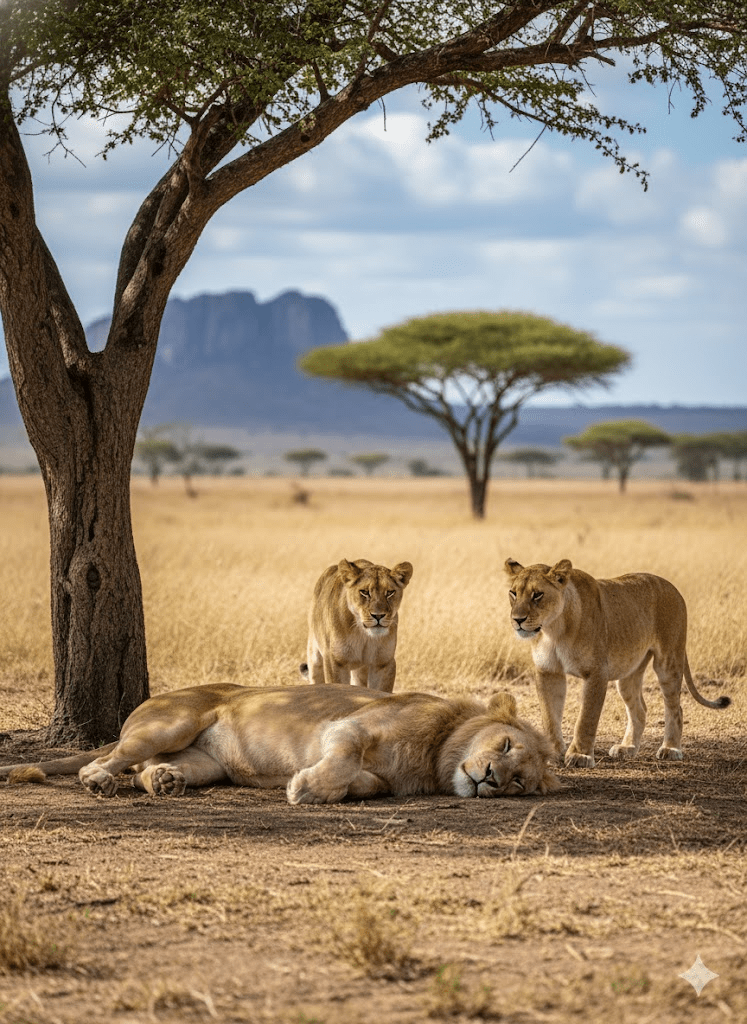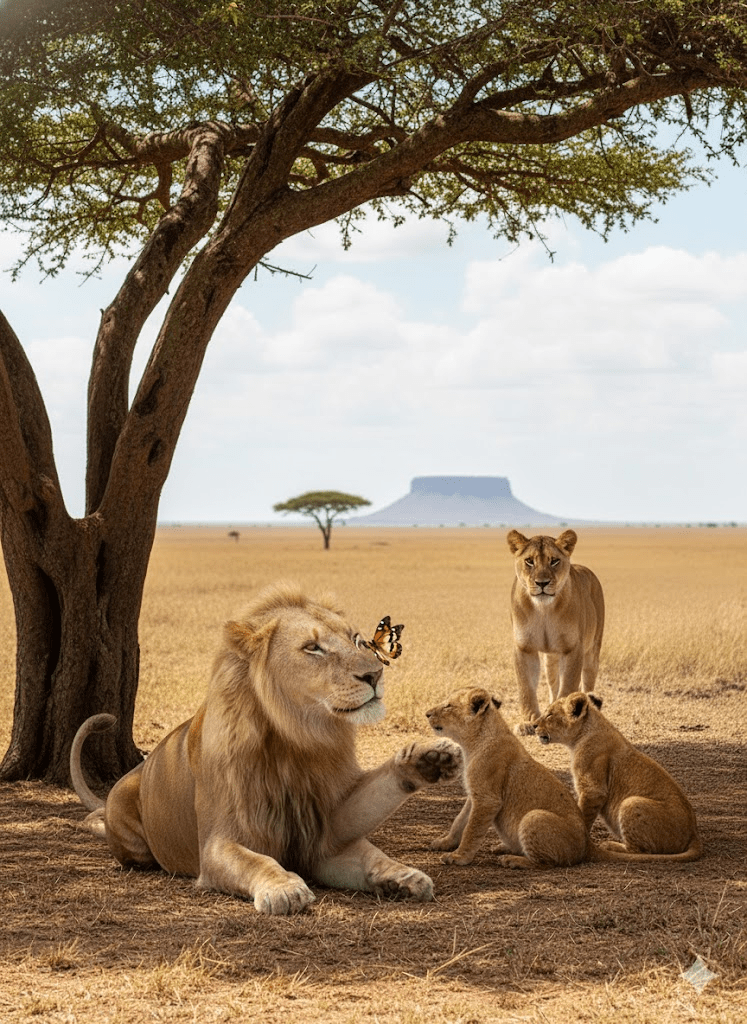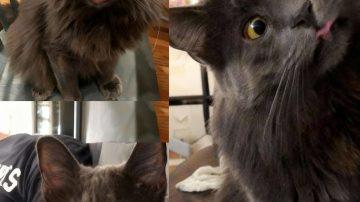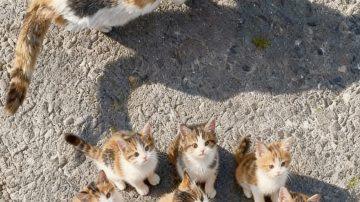The whispers began subtly, carried on the dry African winds, long before the first verifiable sightings. Stories emerged from remote villages and the most seasoned rangers, tales of a lion unlike any they had ever encountered. Not a beast of legendary ferocity, nor one of unparalleled size, but a creature whose very existence challenged deeply ingrained perceptions of the wild. This was the story of a lion whose gentle demeanor and distinctive features hinted at a condition rarely observed, much less understood, in the animal kingdom. Its presence slowly began to unravel a narrative far more intricate and emotionally resonant than any thrilling hunt or territorial dispute. It was a story about vulnerability, survival, and the silent strength found in being different.

The initial encounters were perplexing. Rangers, accustomed to the swift, decisive movements of a pride, reported seeing a solitary male whose gait was unhurried, almost ponderous. His facial features, though distinctly leonine, possessed an unusual softness, a slightly flattened nose, and eyes that seemed to hold an ancient, quiet wisdom. Unlike other young males who would spar aggressively for dominance, this lion, later affectionately named “Arthur” by a dedicated research team, displayed an almost passive acceptance, often retreating rather than engaging in conflict.

As the research team, led by Dr. Anya Sharma, delved deeper, they observed Arthur’s interactions with his pride. His play was less rough-and-tumble, more curious and deliberate. He would bat gently at the tails of cubs or watch with intense focus as butterflies flitted by, a stark contrast to the boisterous energy of his siblings. This unique behavior, coupled with his distinctive physical traits, began to suggest a diagnosis previously thought almost impossible in the wild: characteristics consistent with Down syndrome.







